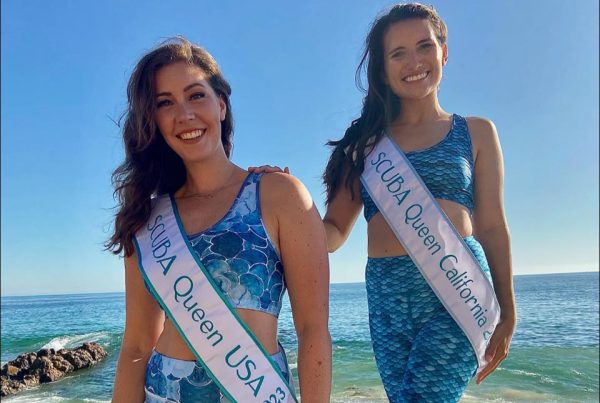California beachgoers enjoyed near-record good water quality in 2008-09, according to the 19th annual Beach Report Card.
Heal the Bay analysts assigned A-to-F letter grades to 502 beaches along the California coast, based on levels of weekly bacterial pollution reported from April 2008 through March 2009. During the high-traffic 2008 summer season, 91 percent of beaches statewide received A or B grades, meaning very good to excellent water quality. That figure marks a slight 2 percent dip from last summer, which earned the best grades ever issued by Heal the Bay.
Overall, only 32 of the beaches (6 percent) monitored statewide received D or F grades last summer. High bacteria counts at these sites are linked to such potential illnesses as stomach flu, ear infections and major skin rashes.
High water-quality marks provide optimism, but this year’s Report Card is skewed by some troubling data gaps caused by the state’s fiscal crisis. With $1 million in state funding eliminated for weekly beach monitoring, many county health departments have eliminated or cut back on critical sampling and testing.
For example, while some regions pursued creative funding alternatives, Ventura County has completely eliminated testing at all beaches since October. San Diego County monitored 30 percent fewer beaches this winter than in previous years. In a last-minute effort, Santa Barbara County had to rely on a local nonprofit environmental group to step in and gather samples throughout the winter.
“With summer coming, the state has made assurances that it will start restoring funding to beach monitoring programs, but there is no firm date,” said Mark Gold, president of Heal the Bay. “Until then, swimmers in many locations in San Diego and Ventura are truly swimming at their own risk.”
Given that the state’s ocean-dependent economy has been valued at $43 billion, the decision to eliminate all state funding of water quality monitoring strikes many observers as being penny wise and pound-foolish. Restoring permanent state funding for beach monitoring is one of several policy suggestions found in this year’s Beach Report Card, which aims to protect the well being of the 100 million people who visit state beaches annually. Nonetheless, beachgoers throughout the state can generally feel very secure during the summer season.
Most of the California coastline earned A grades throughout the year in dry weather. Beaches in Orange County earned annual dry grades of A or B at nearly 95 percent of locations. San Diego also scored well with 91 percent of its monitored sites earning top marks.
Moving up the coast, more than 90 percent of Santa Barbara and San Luis Obispo beaches earned A or B grades during year-round dry weather. Santa Cruz saw 83 percent of its beaches record A grades year-round. Further north, San Mateo notched perfect a 100 percent A grades at its 11 sites, while San Francisco earned 93 percent. Bay beaches in Alameda and Contra Costa counties slipped somewhat this year, with 10 percent of their sites earning poor marks.
Marin, Mendocino and Humboldt counties earned perfect 100 percent A grades in the summer, while Sonoma recorded A or B grades for more than 85 percent of its beaches.
Some 79 of the 324 (24 percent) beaches with year-round dry weather grades this year scored a perfect A+. These beaches had zero exceedances of state bacterial standards for ocean water quality throughout the entire time frame of this report. Heal the Bay proudly places these beaches on our inaugural Beach Report Card Honor Roll. A list of these locations can be found in the full report.
For a detailed look at beach results for each county and report methodology, please refer to the complete report available at www.healthebay.org.
All county health departments are required to test beach water quality samples for three types of indicator bacteria at least once a week. Heal the Bay compiles the complex shoreline data, analyzes it and assigns an easy-to-understand letter grade
Now in its 24th year, Heal the Bay is dedicated to making Santa Monica Bay and Southern California watersheds and coastal waters safe and healthy for people and marine life. It is one of the largest nonprofit environmental organizations in Los Angeles County, with more than 12,000 members. The organization focuses on education, outreach, research and advocacy through programs like Coastal Cleanup Day each September and the Santa Monica Pier Aquarium.









